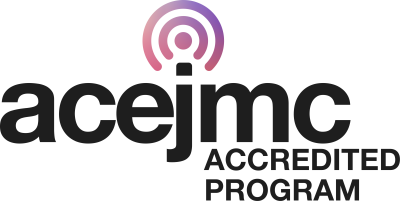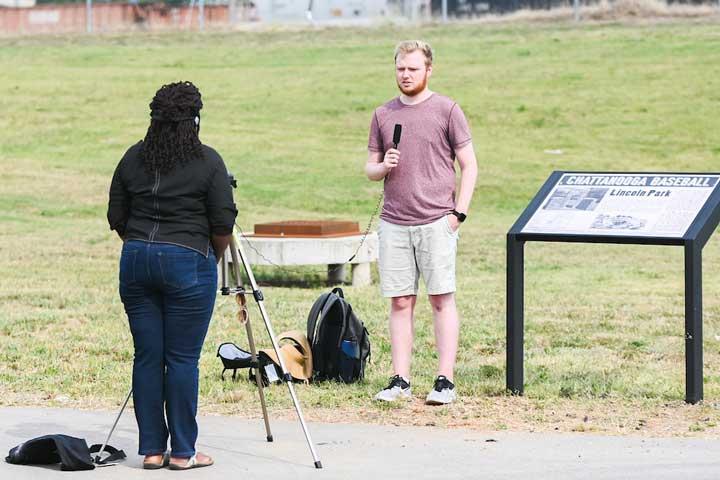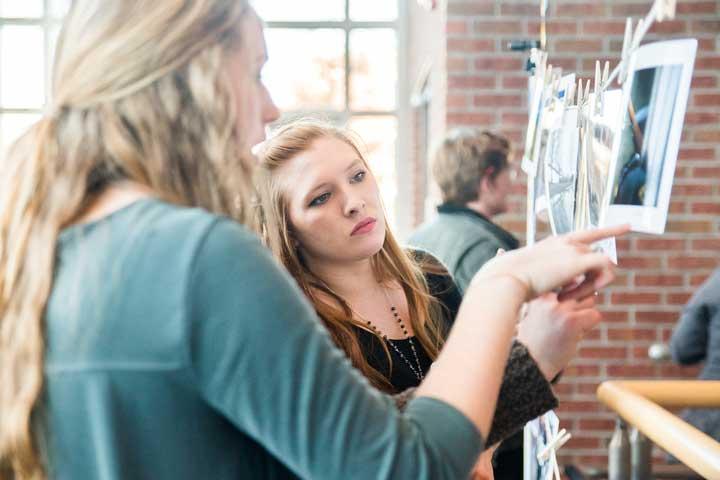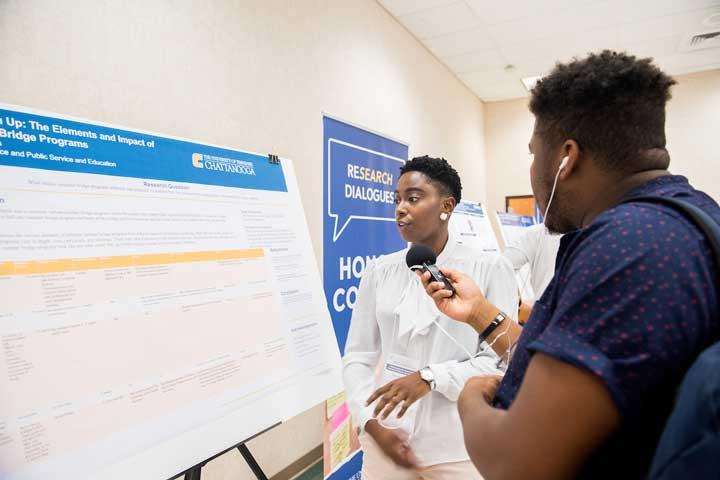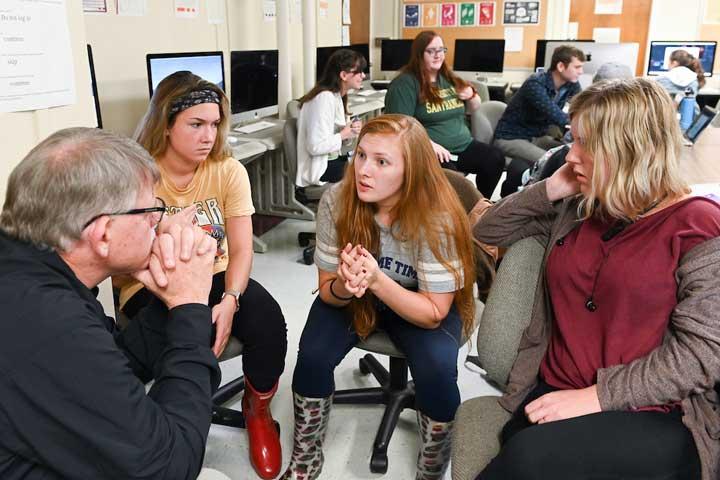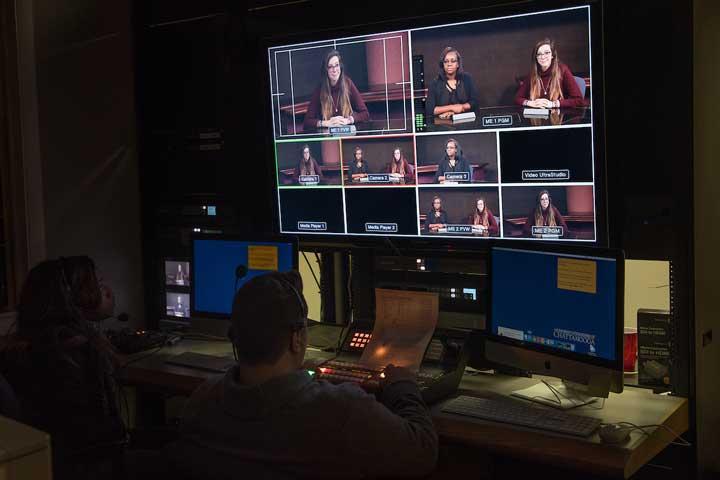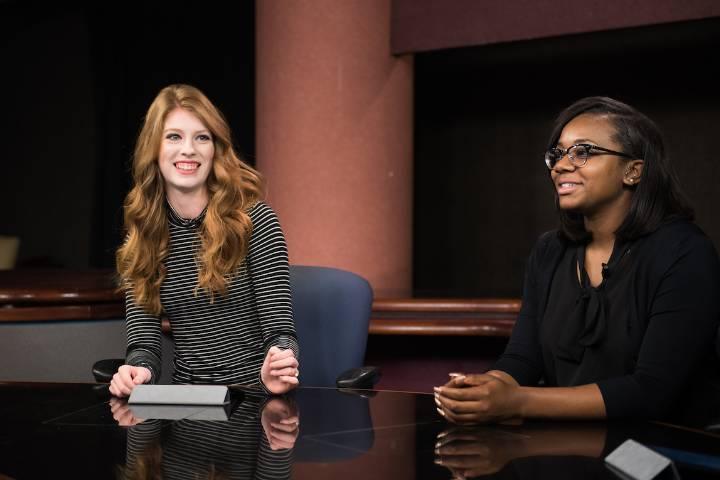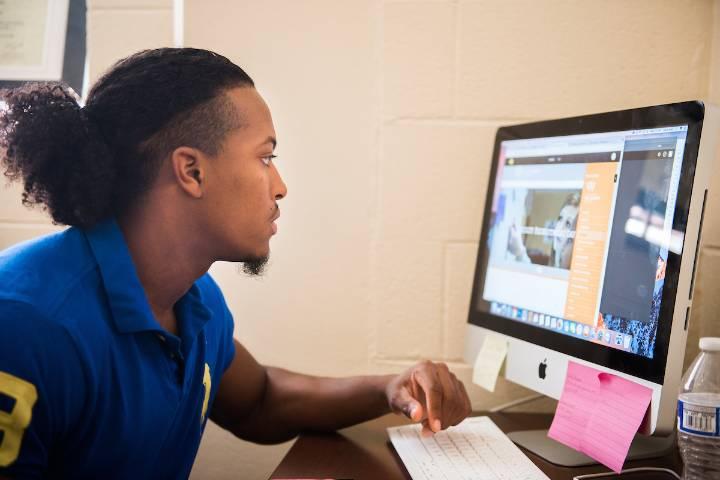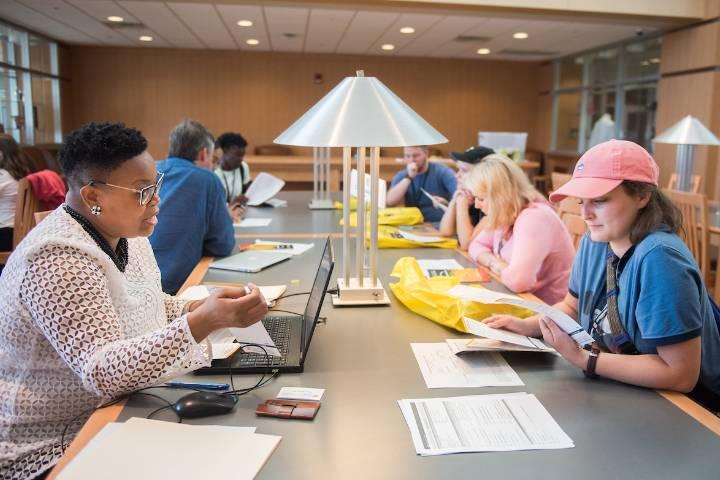Communication
Welcome to the Department of Communication
The Department of Communication offers a bachelor of science degree to prepare you for the rapidly changing media and communication worlds. As a student you will receive a solid foundation in the liberals arts and sciences, as well as training in the skills and knowledge required for success in a wide variety of professions. You are also given a foundation for success in an ethnically and culturally diverse world.
Discover Communication at UTC
Learning Through Experiencing
Check out some of the unique student learning experiences offered by the Department of Communication.

Content Creators
Content Creators is a residential learning community (RLC) for students interested in creating content to share with others.The RLC is run by the Department of Communication but is open to students from all majors and students with varying levels of experience in creating content.
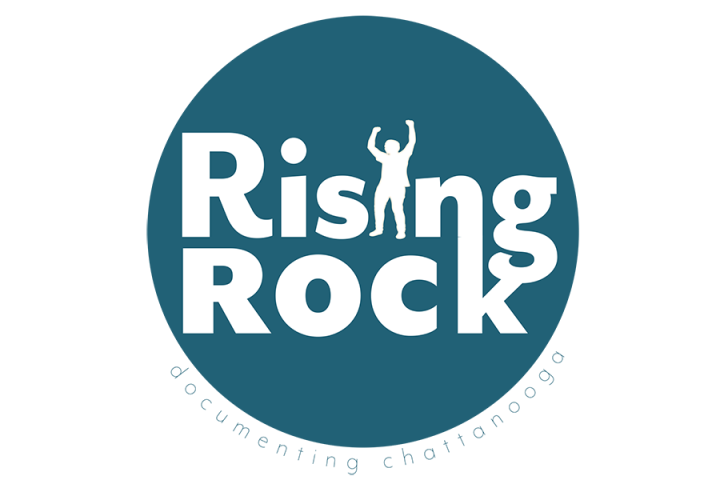
Rising Rock
Rising Rock is a storytelling platform featuring greater Chattanooga with non-fiction works created by students of the Communication Department.
Follow Us
